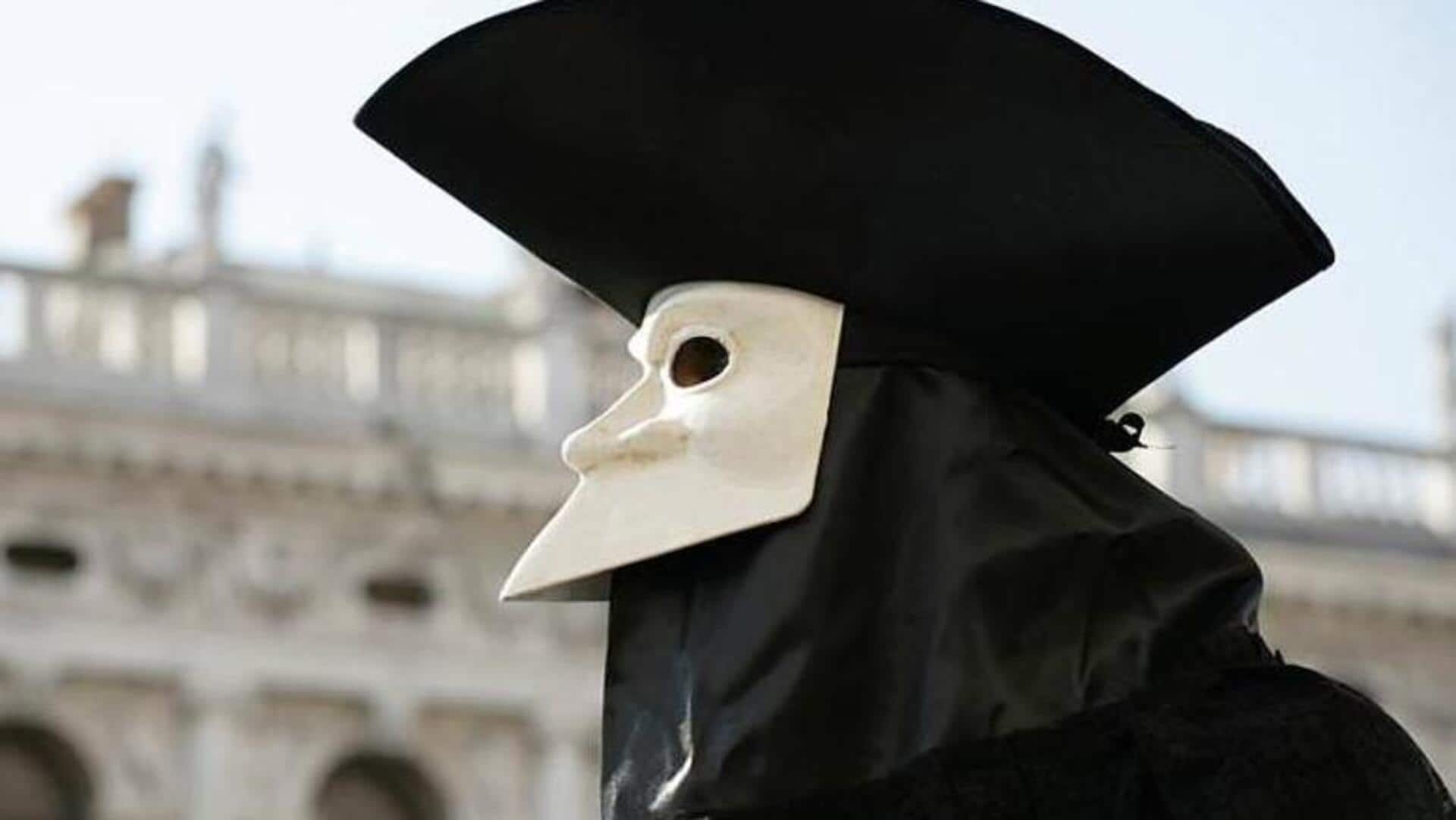
5 remarkable traditional masks of Venice
What's the story
Famed for its cultural heritage, Venice is home to some iconic traditional masks. They form an integral part of the Carnival and are representative of the Venetian culture. Every mask has a story to tell, providing a glimpse into Venice's artistic and social history. They are a source of wonder for both locals and tourists, epitomizing the city's rich traditions.
Bauta mask
Bauta: The mask of mystery
The Bauta mask is among the most iconic Venetian masks. It covers the entire face with a square jawline, letting the wearer eat and drink without taking it off. Traditionally donned by both genders, it was worn in political decision-making processes to preserve anonymity. The mask's simplistic design belies its complicated place in Venetian society, something that symbolizes mystery and intrigue.
Moretta Mask
Moretta: The silent beauty
The oval-shaped Moretta mask didn't have a mouth opening, which ensured that the wearers remained silent when they wore it. Typically donned by women visiting convents or attending social gatherings, this mask was kept in place by biting on a button inside it. Its sophisticated style made it a favorite among aristocratic women who appreciated discretion and grace.
Volto Mask
Volto: The ghostly presence
Also known as the Larva mask, the Volto mask features a ghostly white face covering the entire visage. It was commonly worn with a tricorn hat or cloak during the Carnival celebrations. The simple yet striking mask enabled people to blend into the crowds while remaining enigmatic. Its name Volto translates to "face," highlighting its purpose as an anonymous facade.
Columbina mask
Columbina: The half-mask charm
The Columbina mask only covers half the face, leaving space for extravagant decorations like feathers or jewels. Named after a character from Italian Commedia dell'Arte theater tradition, this feminine accessory gained popularity as it maintained the balance between concealment and expression. Often decorated with intricate designs or bright colors, it adds a charm to the overall look without concealing your entire identity.
Plague doctor mask
Medico Della Peste: A historical symbol
The Medico Della Peste, or Plague Doctor's Mask, has a long beak-like nose designed originally for doctors treating plague victims during epidemics in Europe centuries ago. The doctors would place herbs inside the noses, hoping to guard themselves against disease transmission through air particles back then. This was when medicine was rudimentary. Today, it serves more symbolic than practical purposes, of resilience amidst adversity throughout history.